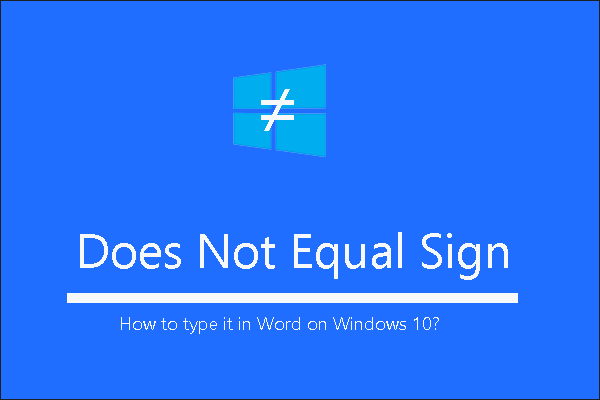
It works for other columns, just not the one's with these = cells. For context: wksh and wksh2 are declared worksheets, LastRow is the declared last row of the column, etc. My problem is a very isolated issue so I'll just give the relevant lines of code. How can I skip these or even better copy/paste them into my other worksheet? The columns also include different data types, so I can't really force everything to be a string. The error msg is Run-time error 1004: Application-defined or object-defined error, which is guess stems from the fact that I want to copy paste a cell with an equal sign in the front, so normally a formula. I now need to copy/paste certain columns (almost as a whole) including theses "separator cells", however those can't be copied because they aren't recognised as strings. Unfortunately they used a line of equal signs = in a cell for differentiating the sections. No matter whether you want to use it in Word, Excel, PowerPoint, Notepad, Wordpad, or anywhere else, you can get it done using this hotkey.So my issue is that I have an input sheet that I can't change the formatting of. You can use this keyboard shortcut to type does not equal sign on your computer.
#Does not equal sign copy paste code#
The Alt code for not equal in Windows 11 is Alt+8800. What is the Alt code for not equal in Windows 11? But for MS Excel or for any programming language you need to use <= if you want to apply that logic. You will also find ≤ symbol in MS Word that you can use from there. Then you can copy it and paste it wherever you want. Just search for “Less than or Equal to ” on Google or Character Map to get the desired result. If you want to write “Less than or Equal to” with your keyboard, then you can use any of the solutions used above. How do you write less than or equal to on Windows 11/10 keyboard? However, a wide range of languages, be it C, C++, Python, JavaScript, Java, etc, use the operator aforementioned. So, you need to look for an operator for your programming language. But most of them use “!=”, “!=”, or both(to check or assign). There are different programming languages, with different syntax, purposes, and “Not Equal To” signs. 5] Not Equal to Sign in Programming Languages After hitting Enter, your cell will say TRUE if the logic is correct and FALSE if it’s wrong. So, for example, if you need to write that 10 is not equal to 9 , you would type “ =109 “. To use the “ Note equal to” symbol in Word, you need to use. But it is not as straightforward as just selecting the appropriate symbol. Having a correct operator is more important in Excel or any spreadsheet tool than it is in Word. In the Microsoft Word window, click on Insert > Symbols and then select Note Equal to (≠) symbol. If you want to write does not equal to sign in MS Word then you don’t need to do all the things mentioned above, you can just use the MS Word symbols.

This will eliminate the formatting and the sign will be just like any other character. We have a secret for you, just pull out Notepad, paste the symbol, and then copy it from there. That’s why most people refrain from using this option. But bear in mind that sometimes it may come with some kind of formatting. Similarly, you can google the “Does not equal” sign on and just copy the result, it’s the simplest solution. One thing the millennials and the Gen Z crowd are surely acquainted with is Googling something online.

1] Use Character MapĬharacter Map is an app that’s preinstalled on your Windows system that you can use to get the Not Equal to (≠) sign. Not Equal to Sign in Programming Languages.You can type Does not equal sign on the keyboard in Windows 11/10 with the following methods. So, to type Does not equal (≠) sign on the keyboard in Windows 11/10, we created this detailed guide. Although this does the job for you as your system is able to understand what you mean, an average human may not be able to contemplate what you are trying to say.

If you are a coder or have the know-how of computer programming then you would know that to inculcate not equal to sign, we use “!=”.


 0 kommentar(er)
0 kommentar(er)
